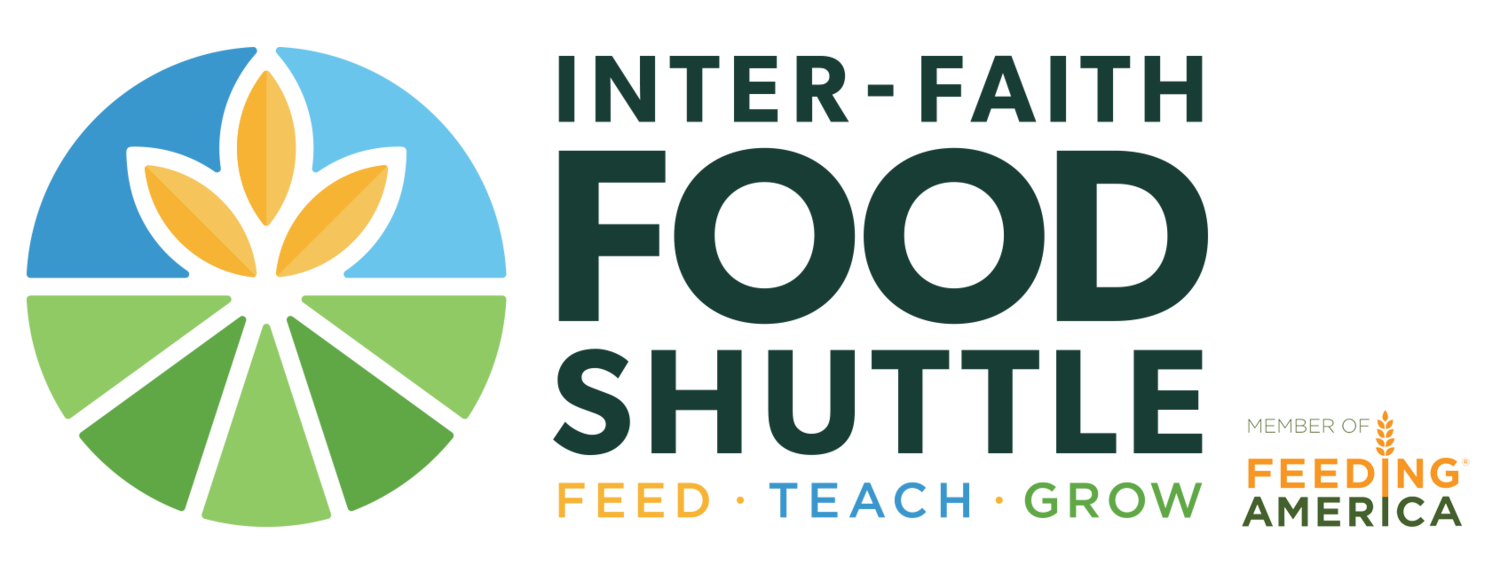The following is a blog from NC State student Holly Starks. It is the 1st in a series of 6 posts she will be writing chronicling her experience as a Nutrition Instructor for a OFL Class she is teaching. Holly is teaching OFL as part of a Service Learning Class that has teamed up North Carolina State Students with the Inter Faith Food Shuttle’s OFL/Nutrition Program. Through this partnership, the Food Shuttle and NC State hope to engage students in service learning and community nutrition while expanding the reach of its OFL program. After a successful graduation last week for our previous Operation Frontline class, Sara, Salena, Avram, and I started teaching a new group of families at the Crosby Head Start Center! This class is also learning the Side by Side curriculum which focuses on teaching families to cook and eat healthy together. By the end of the six weeks we hope that the families will be excited about making more meals at home with the family, and will be able to use helpful tips for cooking healthy with a budget and a busy schedule.
We started the families’ first lesson with nutrition, which introduced the new food pyramid to them. The families had not seen the new food pyramid and were surprised to see that it had changed. As a class we discussed what the different parts of the new pyramid now represent. For instance, the food groups are now represented as vertical instead of horizontal on the pyramid. This shows that each food group is important in the diet and that one group is not more important than the other. Many of the families were also surprised to learn that the oils are not part of the five food groups. Instead of resting at the top, the oils are represented as a small, vertical portion on the new food pyramid to show that they are not a food group but are still essential in the diet in very small amounts. By consuming the other five food groups, grains, meat and bean, dairy, fruits, and vegetables, we generally consume the amount of oils that we need each day.
I also taught the class that some groups appear larger than others because we need more of some food groups than others. For instance we need to consume more servings of grains than we do of meats and beans. Another interesting aspect to the new food pyramid is that the base of each group is larger at the bottom and gets smaller towards the top of the pyramid. This gradual decrease in size represents that there are some foods in each group that should be consumed more than other foods. For instance, in the dairy food group, low-fat options are going to be represented towards the bottom while higher fat options like whole milk and whole cheese will be closer to the top because they are less healthy options. Lastly, the addition of the stairs to the new food pyramid is important because they represent that being healthy includes both eating healthy and exercising. Exercise not only helps us to maintain our weight, but it also helps to reduce the risk of chronic disease and other illnesses. If you would like to learn more about the new food pyramid, check out the website at www.mypyramid.gov.
After the class learned about the new food pyramid, Avram introduced gardening to them by sharing some of his own family experiences and by reading a fun book about pumpkins to the kids. The cooking portion was then led by Sara, as she introduced the families to safety rules such as proper handling of a knife and proper hand washing. She also demonstrated some simple cutting techniques to help the parents cut up the veggies for the hearty egg burritos we made. The kids had fun cracking the eggs while the parents measured out the spices and herbs for the recipe. While the parents helped Sara cook the egg mixture in the kitchen, the rest of the instructors helped the kids grate the mozzarella cheese. When the mixture was done, Sara assembled the burritos for each family. Everyone expressed how delicious the burritos were as we sat around the tables eating together. It was exciting to see that the families made a goal to make the recipe again at home with their families. Join us again in two weeks to hear about what these families will learn about and get to create. There may be some gardening involved next time!

